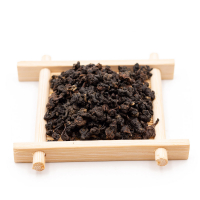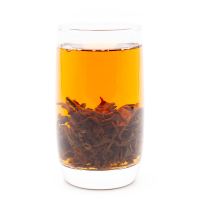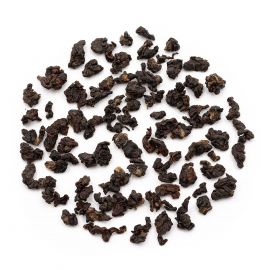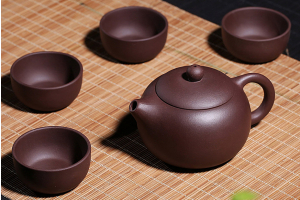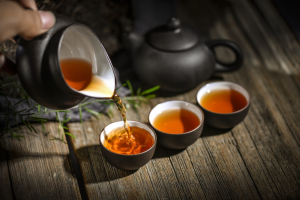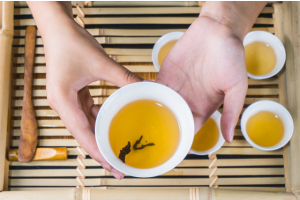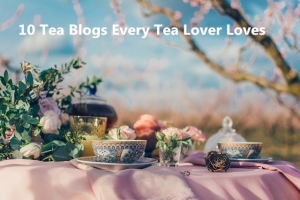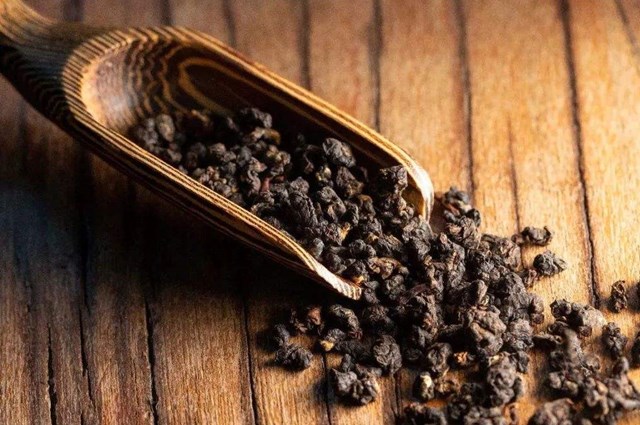
Gaba Oolong is black tea?
The difference between black tea and oolong tea lies in whether there is a process of deenzyming during the production process. If there is no 100% fermentation but the deenzyming process is oolong tea, and the process without 100% fermentation and no deenzyming is black tea.
Obviously, Gaba oolong tea is made by heavy fermentation after deenzyming, so from the point of view of the production process, Gaba oolong tea belongs to oolong tea.
Gaba oolong tea is also known as Jin Bai Long (Gabaron) oolong tea, it is a type of Taiwan Oolong tea that contains a high percentage of Gamma-Aminobutyric Acid. Due to its high fermentation level that more close to black tea, and also taste with both features of oolong tea and black tea, so it is also called oolong black tea.
History:
Gaba oolong tea has undergone a special oxygen-free fermentation process, and as a result, has accumulated GABA in tea leaves. The first discovery of GABA oolong tea was made by Tsuchida and his collaborators, who studied the changes in amino acid metabolism in tea trees in 1987. Dr. Tsushida discovered that gamma-aminobutyric acid can be produced when fresh tea leaves are kept in an anaerobic state (anaerobic fermentation) for a long time.
Gamma-aminobutyric acid (GABA) has a good health care function, which immediately aroused the attention and interest of many scholars in Japan, and they successfully produced a new type of tea in which almost all glutamic acid has been converted to GABA without changing the content of catechin or caffeine. They call it Gabaron oolong tea or GABA oolong tea in short.
When GABA oolong tea was introduced into Taiwan, it immediately becomes popular. The good tea-grown environment and high-quality Taiwan oolong tea also give GABA oolong tea good raw materials.
Tea Garden:
The GABA oolong tea leaves come from the ecological tea garden in the Alishan mountain area, where is always covered with fog or clouds, ideal for growing oolong, the good grown environment, and good quality of Taiwan high mountain oolong tea makes the GABA oolong tea get natural and good raw materials.
Gaba Oolong Tea Benefits:
Gaba oolong tea has great health benefits, Gamma Amino Butyric Acid GABA is a naturally occuring amino acid that aids our body’s central nervous system, immune system, and endocrine system. Drinking GABA oolong tea helps increase the natural levels of GABA found in the human body.
Drinking GABA oolong tea is also helpful for lowering blood pressure, reducing stress and anxiety, lowering cholesterol levels, increasing mental alertness and acuity, and aiding sleep.
How to Brew Gaba Oolong Tea:
To brew Gaba Oolong Tea, Yixing Clay Teapot or porcelain Gaiwan is suggested to be used as a brewing tool.
Brew in Chinese Gongfu Way:
Serving Size: 3g
Water: 150ml with a temperature of 95℃-100℃
5 steeps: rinse, 15s, 25s, 35s, 45s, 55s.
Rinse time around 5s.
Generally speaking, Gaba oolong has two brewing methods: "hot brew" and "cold brew".
First, "hot brew" is a traditional and common method. Refer to the Gongfu tea brewing method, the first choice for tea utensils is Gaiwan, and pay attention to brewing with boiling water to stir the tea, which is good for fragrant, but the time of soaking and soup should be controlled. , The taste of tea is not easy to be too old.
It is recommended to use a glass with a large opening to drink tea so that you can fully observe the color in a light-transmitting environment and appreciate its watery tea color like brandy. Smell the aroma again. The floral aroma reveals a natural ripe fruit flavor, and the taste is mellow and smooth, which is admiring.
Second, you can also try the "cold brew method" in summer. It is best to use pure water for brewing, and the amount of tea is about 1:20. After brewing, it can be placed at room temperature for drinking or refrigerated. In fact, the refrigerated tea is even more unique and refreshing.

